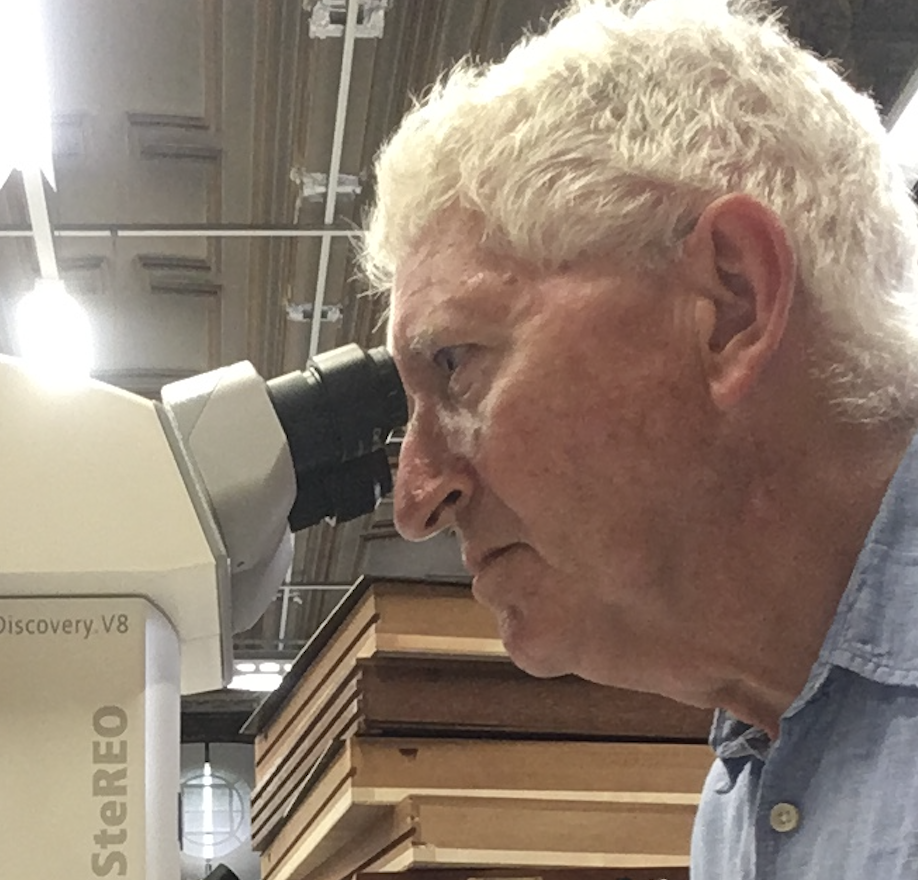Butterfly chrysalises are naked, vulnerable and apparently defenceless, since they are not hidden inside a tough or camouflaged silken cocoon as moth pupae are.
They rely on being disguised as dead grass stalks (skippers); buds (orange-tip); curled leaves (speckled wood); bird droppings (black hairstreak); or another bit of ignorable plant material. Some have warning colours, such as the mottled black and white of the large white, which contains distasteful chemicals sequestered from its cabbage foodplant.
Nevertheless chrysalises are frequently attacked by parasitoid wasps, which try to lay eggs inside the nutrient-rich soup of rearranging organs and musculature, as metamorphosis performs its magic.
Many will writhe to try to dislodge an attacker, and this has produced the oddest defence – squeaking. This is particularly apparent in hairstreak chrysalises, which have rows of microscopic grooves and teeth on adjacent abdominal segments that produce an audible ‘song’ when rubbed together.
However, they do this not to deter attackers, but to attract ants. Confused, the ants take the pupae down to the nest where they can transform into butterflies in the relative safety of their host colony.
Do you have a wildlife question you’d like answered? Email your question to wildquestions@immediate.co.uk or post it to Q&A, BBC Wildlife Magazine, Immediate Media Company, Eagle House, Bristol, BS1 4ST.
Main image: Chrysalis © Smithore/iStock
